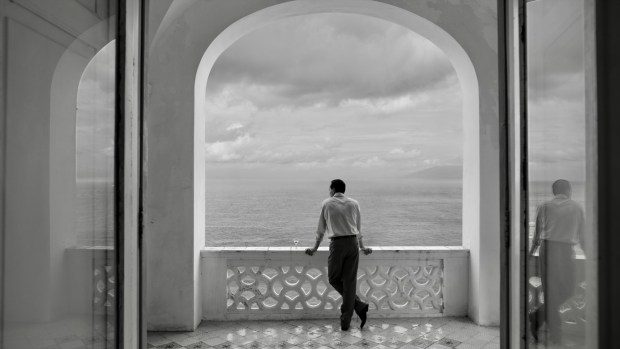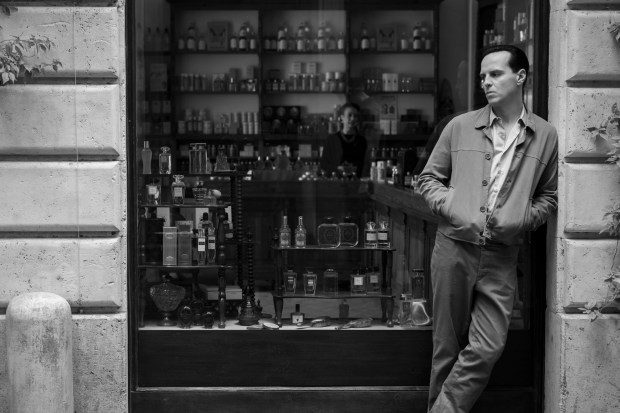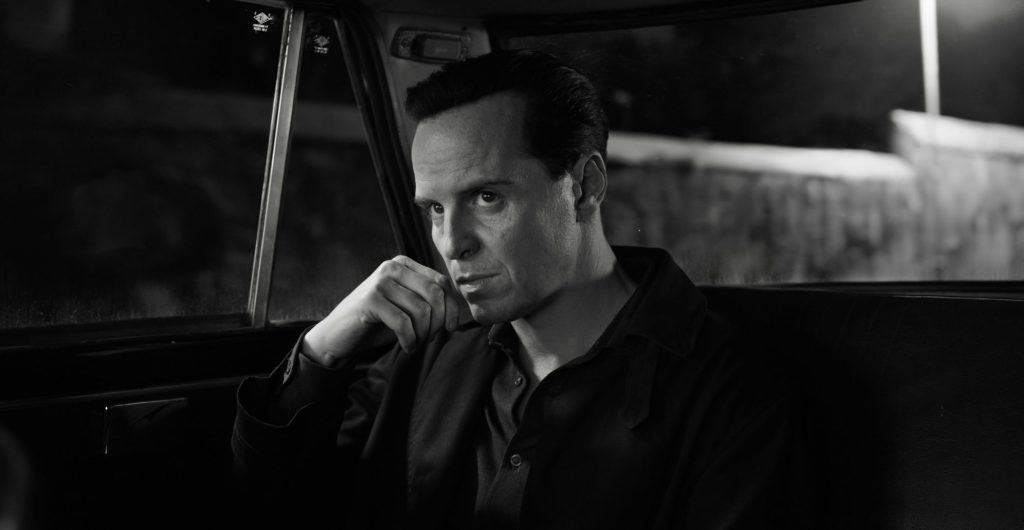Tom Ripley, a skilled con artist and lover of luxury, is the main character in five novels by Patricia Highsmith, starting with “The Talented Mr. Ripley” in 1955. The book tells the story of how a young scammer encounters wealth and status, and starts to imagine a new life for himself. Unfortunately, Tom's methods involve stealing identities and committing a few murders. In Anthony Minghella’s 1999 movie with Matt Damon, Jude Law and Gwyneth Paltrow, this is portrayed as a vivid display of Tom’s desires, which are just as dangerous when fulfilled as when thwarted. Any remake needs to bring something new or different to the screen, and that’s also true of the eight-episode Netflix series “Ripley,” featuring Andrew Scott. Whether it successfully captures the essence of Tom Ripley is still uncertain.
It’s inevitable to compare the two adaptations, which have different moods. The first offers a lavish portrayal of expat luxury, vibrant and sensual. The latter is more restrained. Shot in black and white, it lacks color, but visually it is as stunning as anything currently on television.
The story begins with a shipping magnate in New York mistaking Tom for a friend of his son, Dickie Greenleaf, who has been living off his trust fund in a coastal village in southern Italy. Papa has decided it’s time for Dickie to join the family business, so he sends Tom overseas to convince Dickie of his future in New York. This trip to Italy is the door to a different world of casual glamour and wealth, and suddenly Tom’s desires become clear.
Dickie spends relaxed days with his girlfriend, Marge, and embodies everything Tom desires. In Minghella’s film, he is confident and tanned, creating an aura of heat and sex that makes him the object of Tom’s intense desires — not just for status symbols but for Dickie himself. The story’s homoerotic undertones become more obvious.

The Netflix series is created by Steven Zaillian, a talented screenwriter known for his work on “The Irishman” and “Schindler’s List,” and his choices are more intellectual than Minghella’s.
Andrew Scott gives a complex performance as Tom, using various, sometimes unsuccessful, tactics to conceal his insecurities. He’s completely captivating as a man with sociopathic tendencies and his own flawed moral code, but there’s one glaring issue. In the original novel, Ripley is 25. Scott is two decades older. Are we meant to suspend our disbelief or is Dickie (played by John Patrick Vivian Flynn, also well beyond his 20s) supposed to be middle-aged too? If so, that subtly changes the story’s context, which is not addressed in the script.
This version also portrays Tom as a person who is not interested in sexual relationships, which reduces much of the potential tension. Dickie's world is supposed to be very exciting that Dickie himself is exciting. But the character is not very interesting. The same goes for Marge, played by Dakota Fanning.
What the series lacks in sexual energy, it compensates for with a memorable visual style thanks to director of photography Robert Elswit. The cinematography is truly impressive and it's one of the real joys of each episode, particularly the way scenes are set up. A clean white business card against the rough wood of a bar counter. Twisting staircases that suggest a deep emptiness — or a trap. A fluffy cat looking at Tom as he moves a dead body. Any moment could be a picture-perfect still image. The floors are made of marble, travertine, and tile, which emphasize the sound of footsteps, creating a delightful soundtrack that highlights the cat-and-mouse game, especially once the Italian police get involved.

The eight-episode duration allows Zaillian to consider the details of violence. Tom prefers to use blunt-force trauma to the head, with the help of a boat oar or a heavy glass ashtray. But it's the immediate aftermath that Zaillian wants to think about. These wordless scenes are long and captivating and some of the best moments of the series, watching as Tom plans his next steps and how to dispose of the evidence, including the body itself. Most crime dramas overlook this aspect, but the attention to detail is exciting. With Tom, the adrenaline-fueled violence isn't premeditated, but it's always followed by careful, somewhat frantic, somewhat numb attempts to save himself. Zaillian wants you to see what that looks like in real-time, and he is uncompromising.
“Ripley” — 2.5 stars (out of 4)
Where to watch: Netflix
Nina Metz is a Tribune critic.









